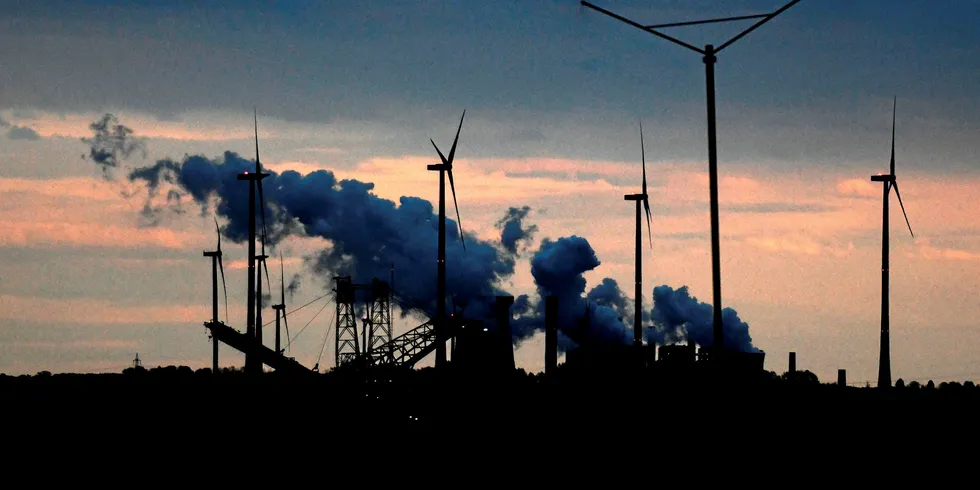Germany to speed up renewables build-up to shutter 16GW lignite
But Berlin still doesn’t tell what measures it plans to take to reach 65% in renewable power by 2030

But Berlin still doesn’t tell what measures it plans to take to reach 65% in renewable power by 2030
